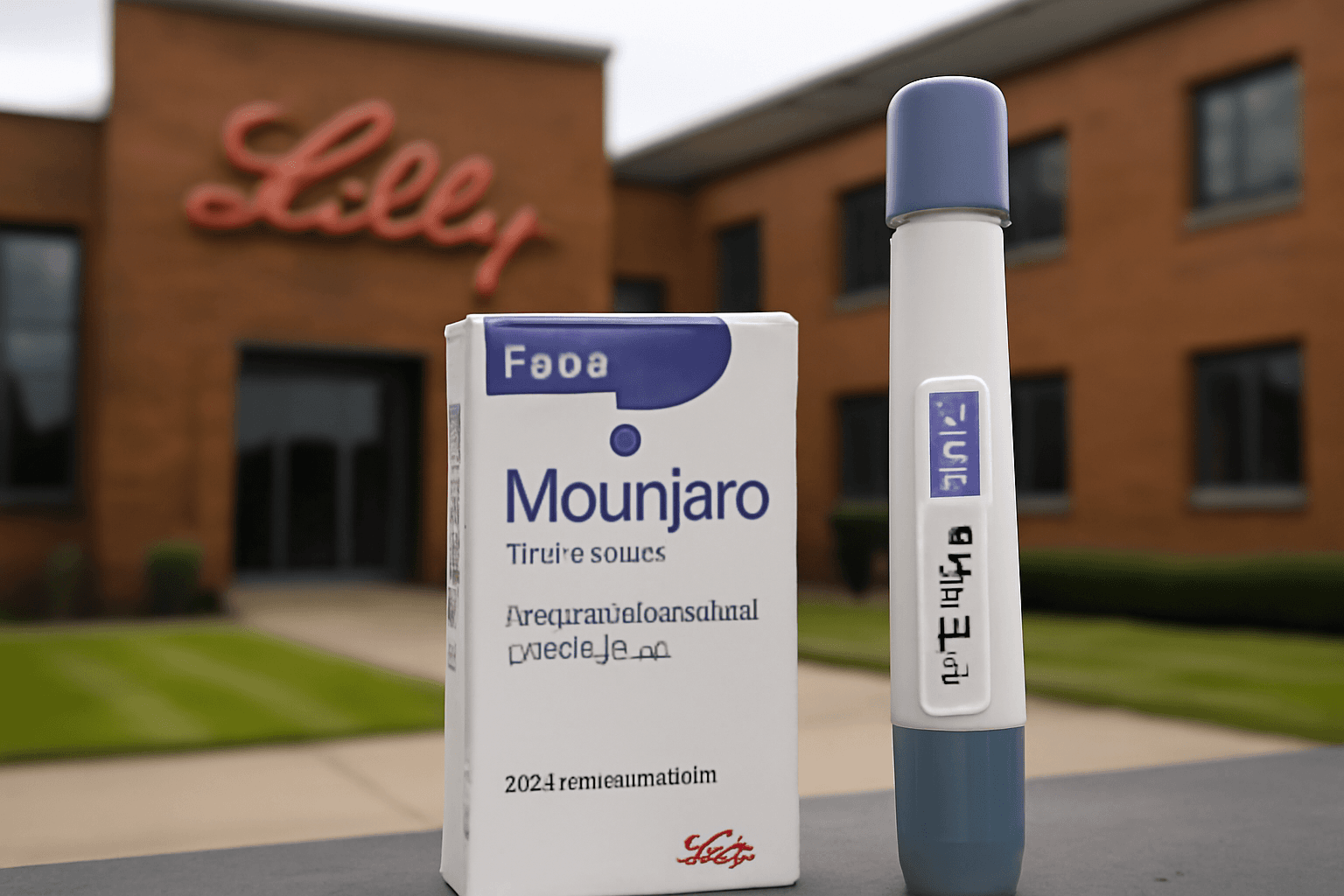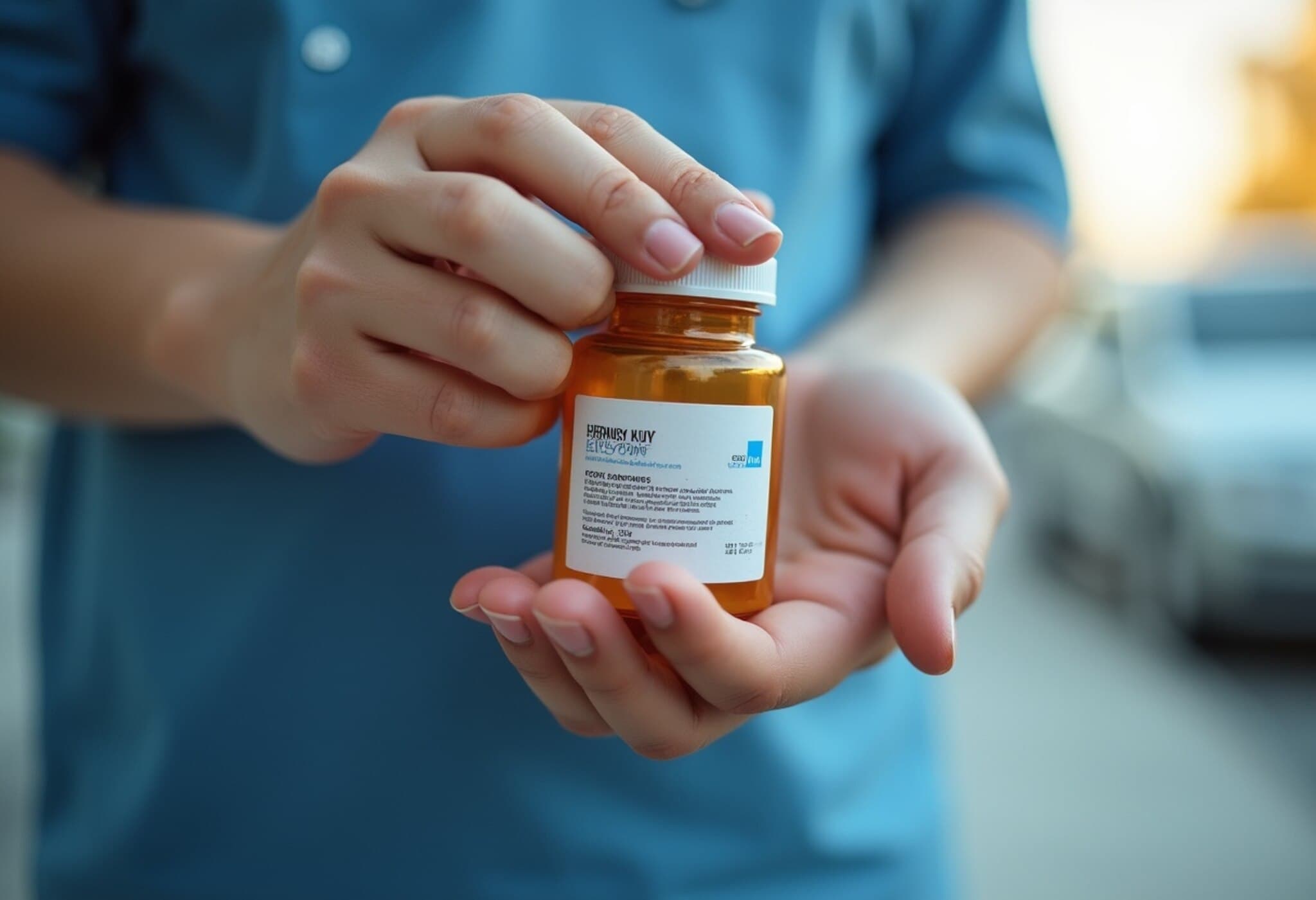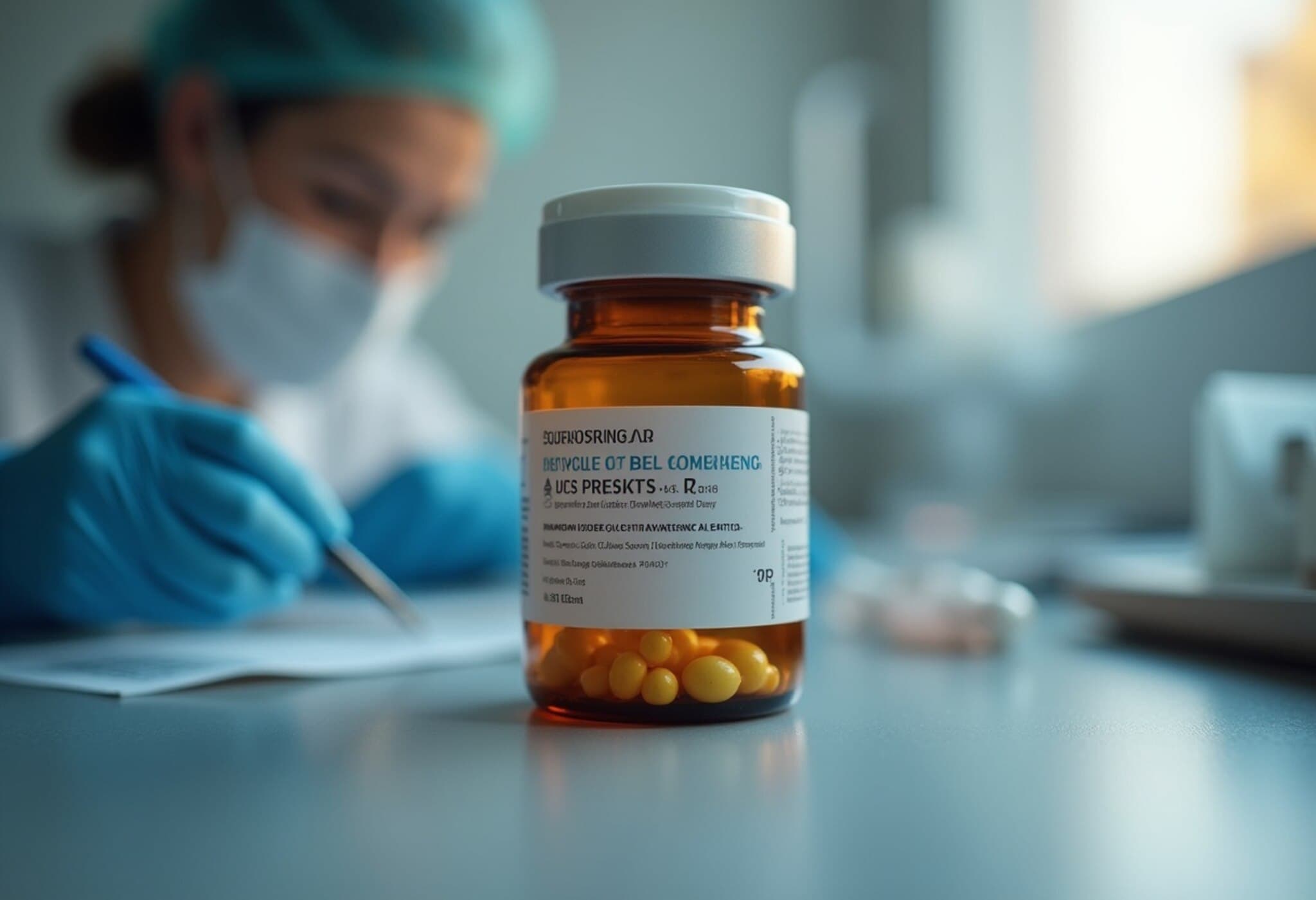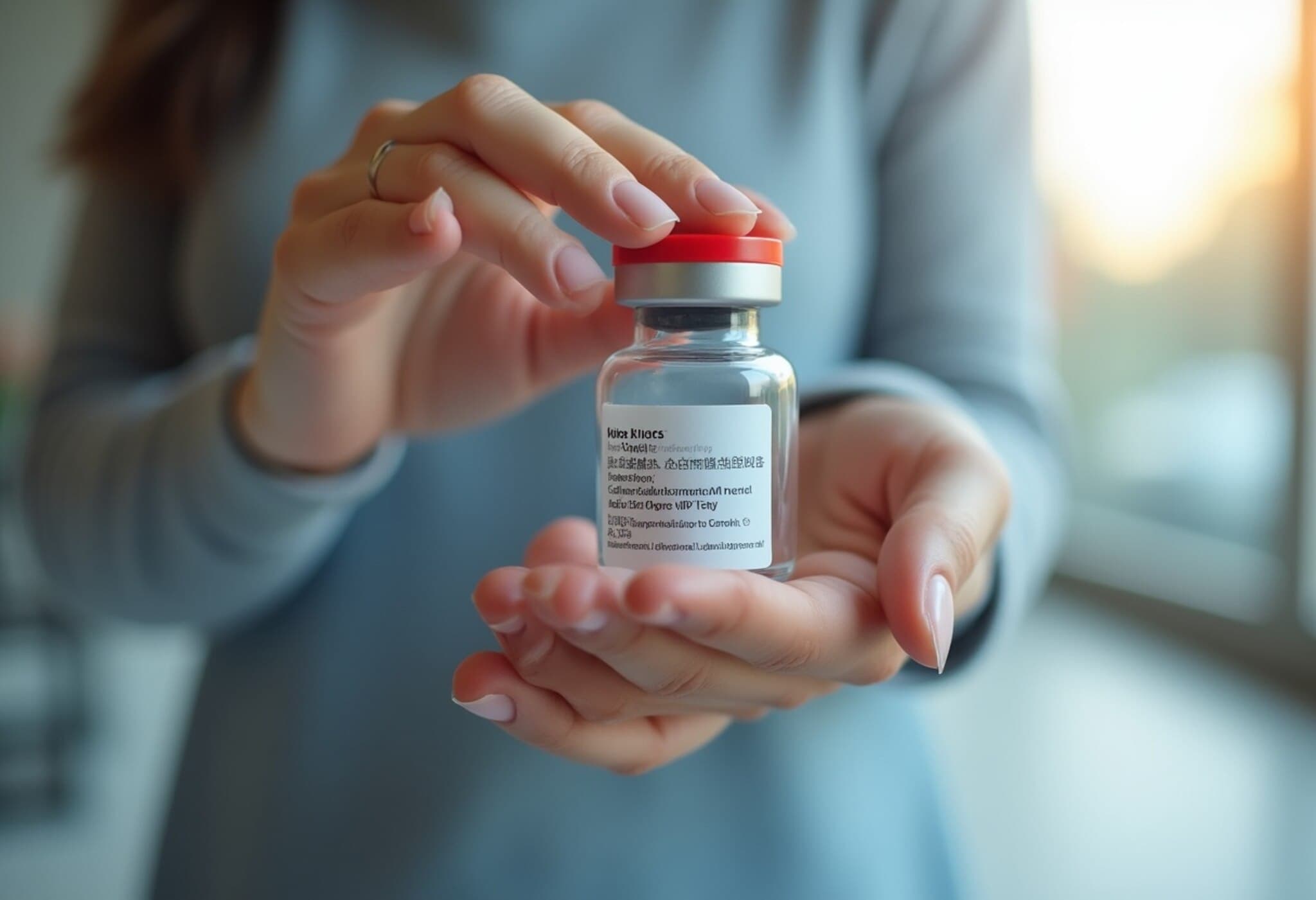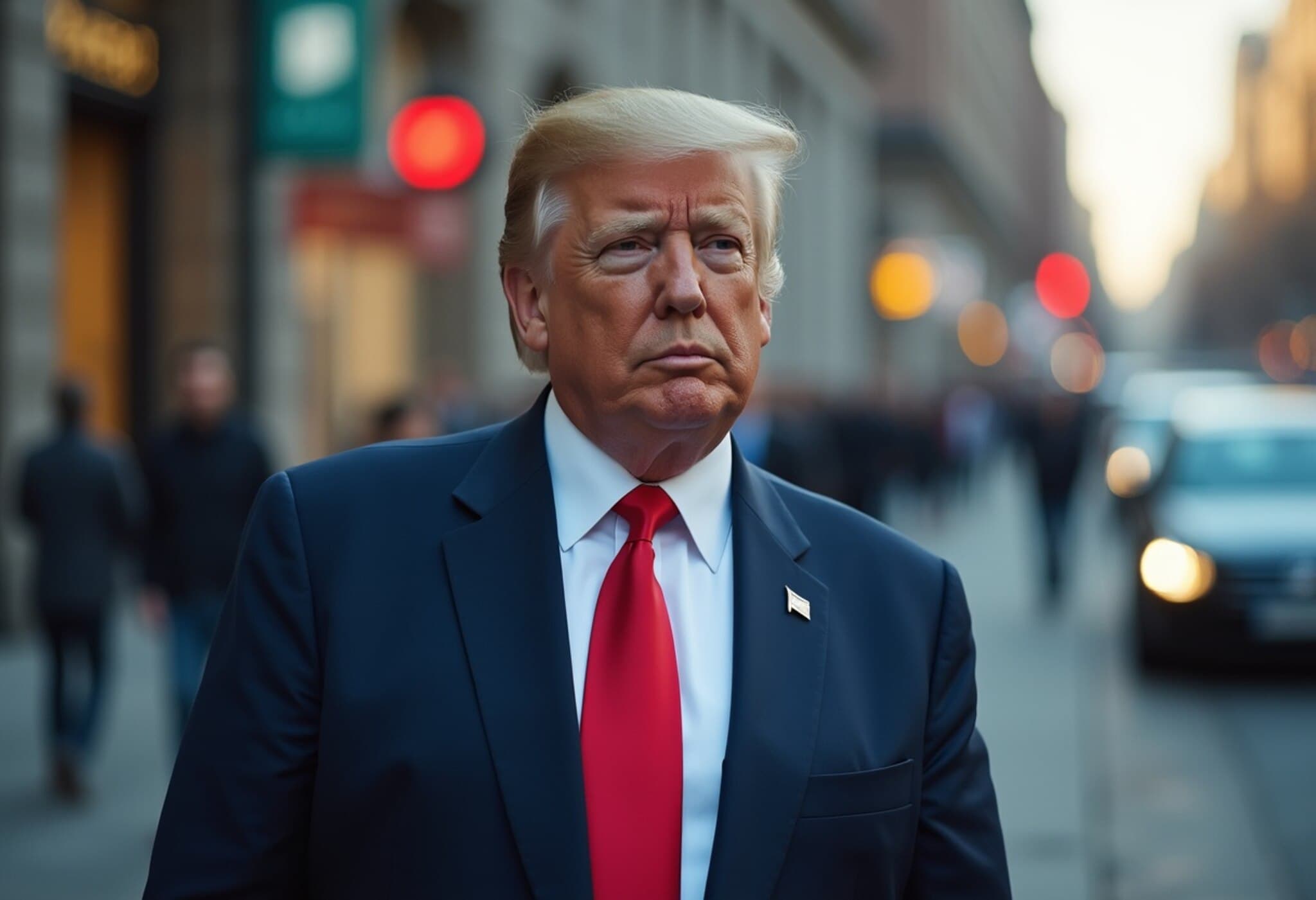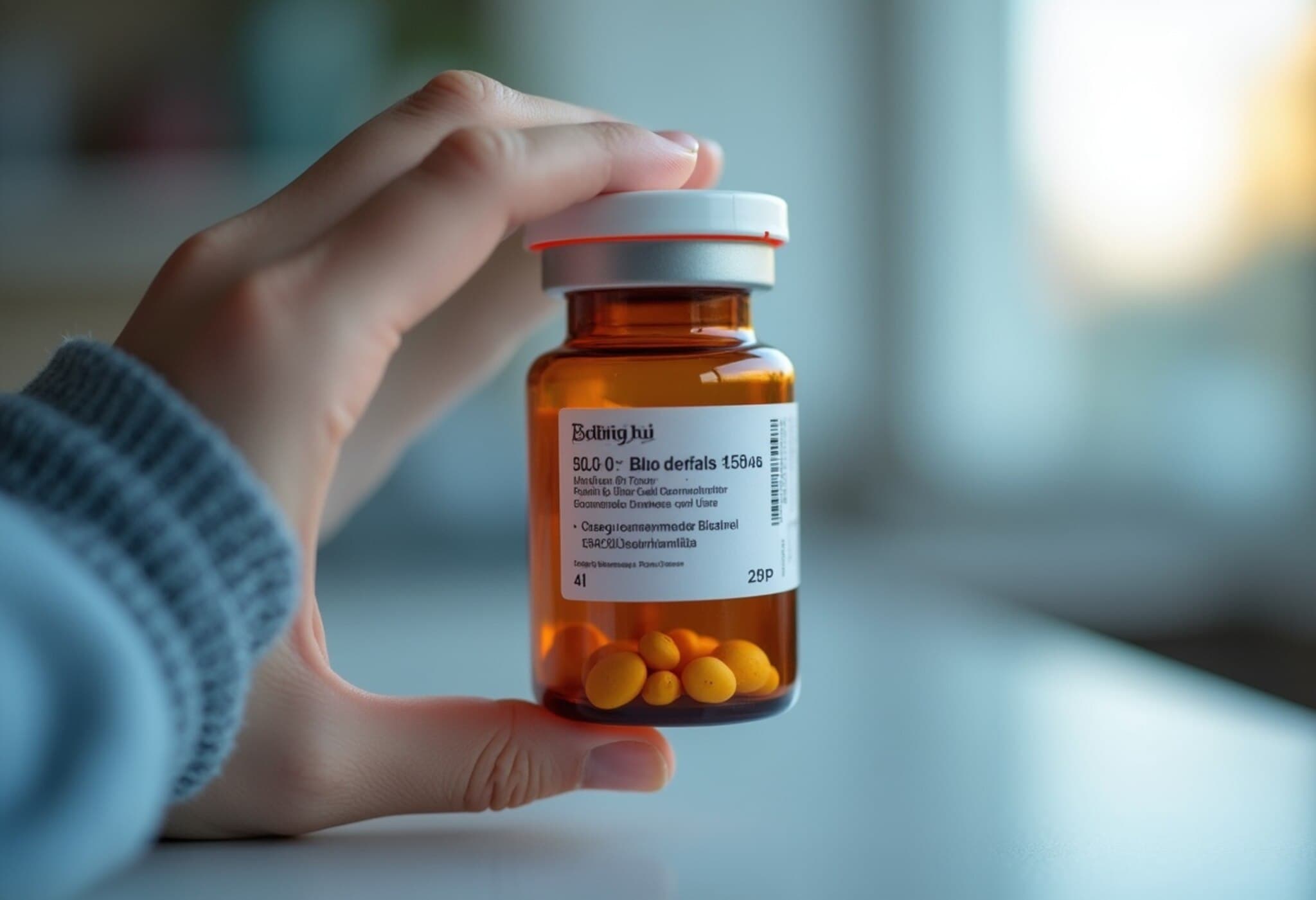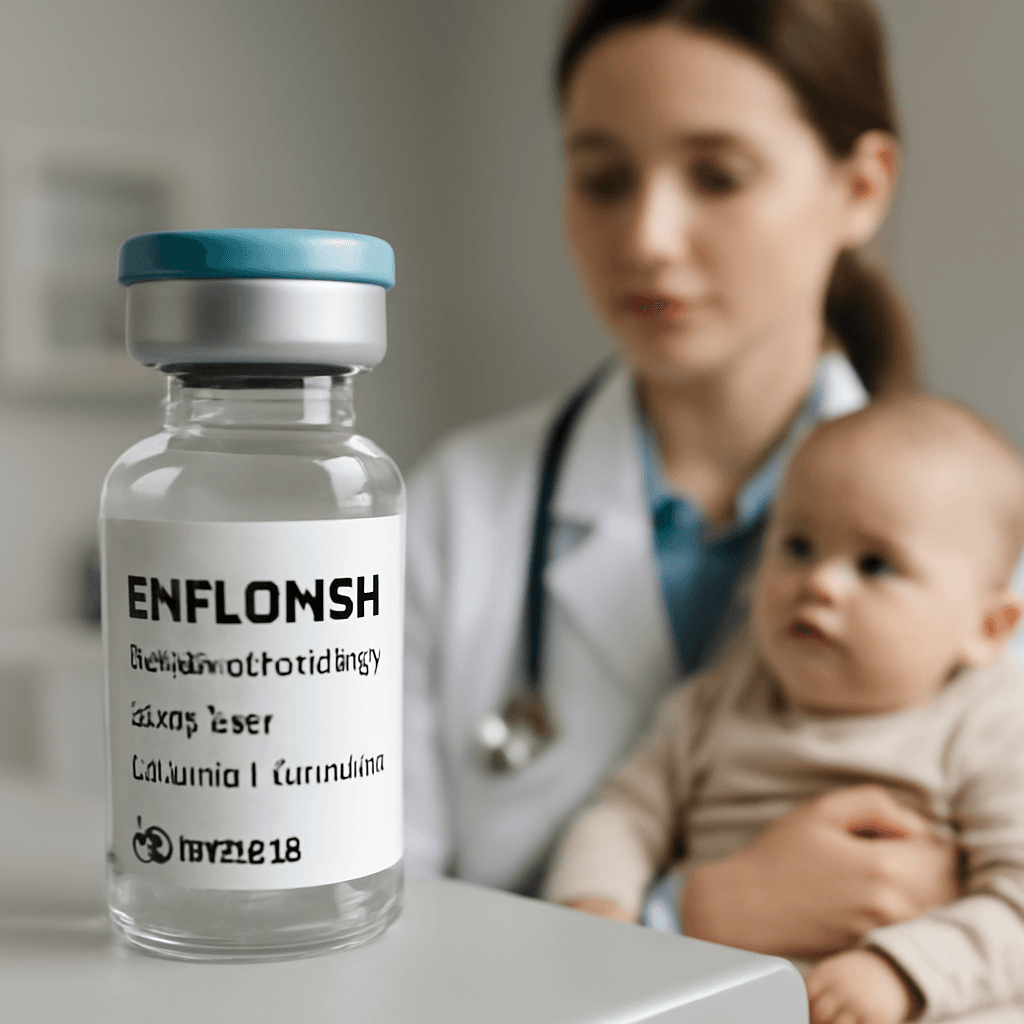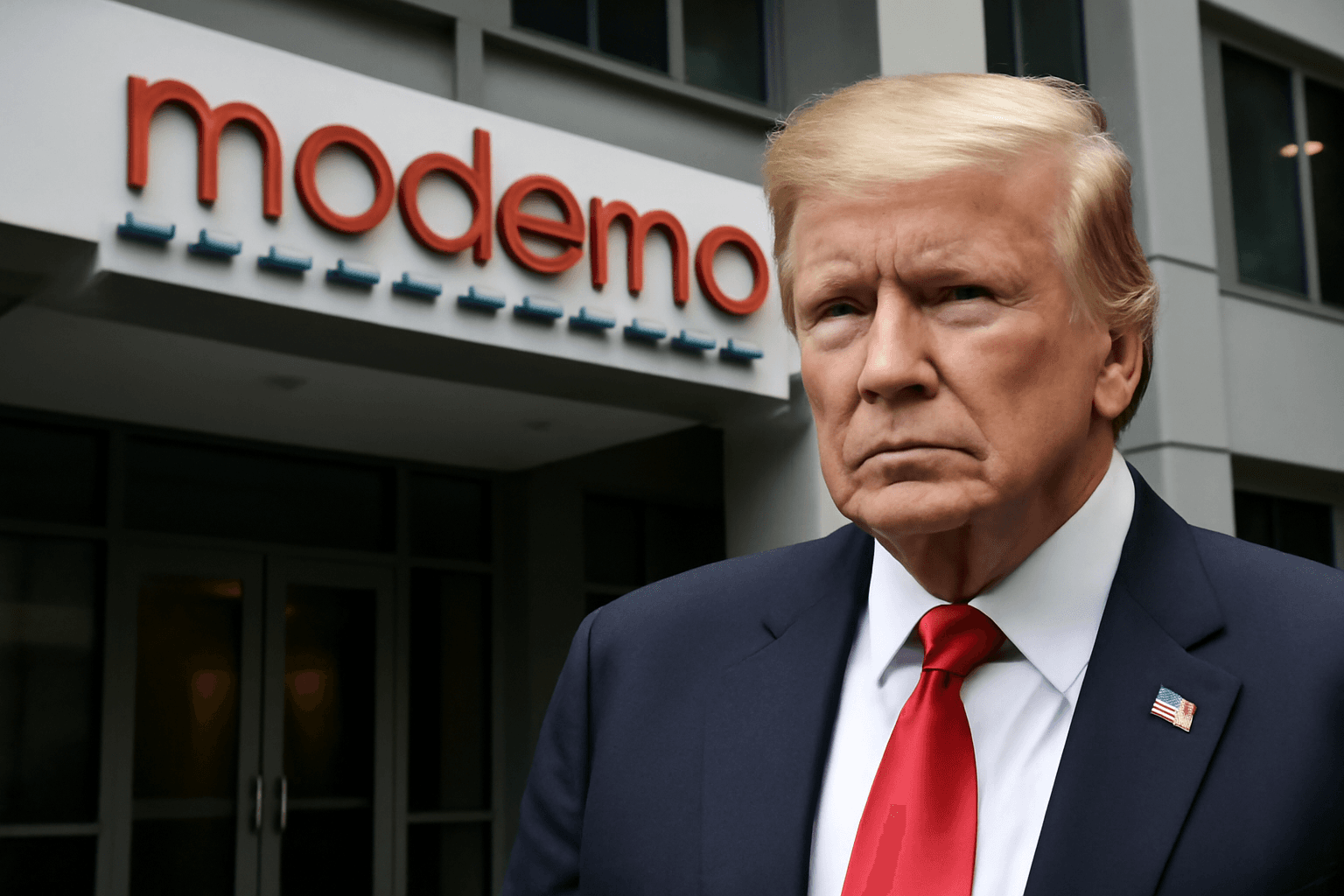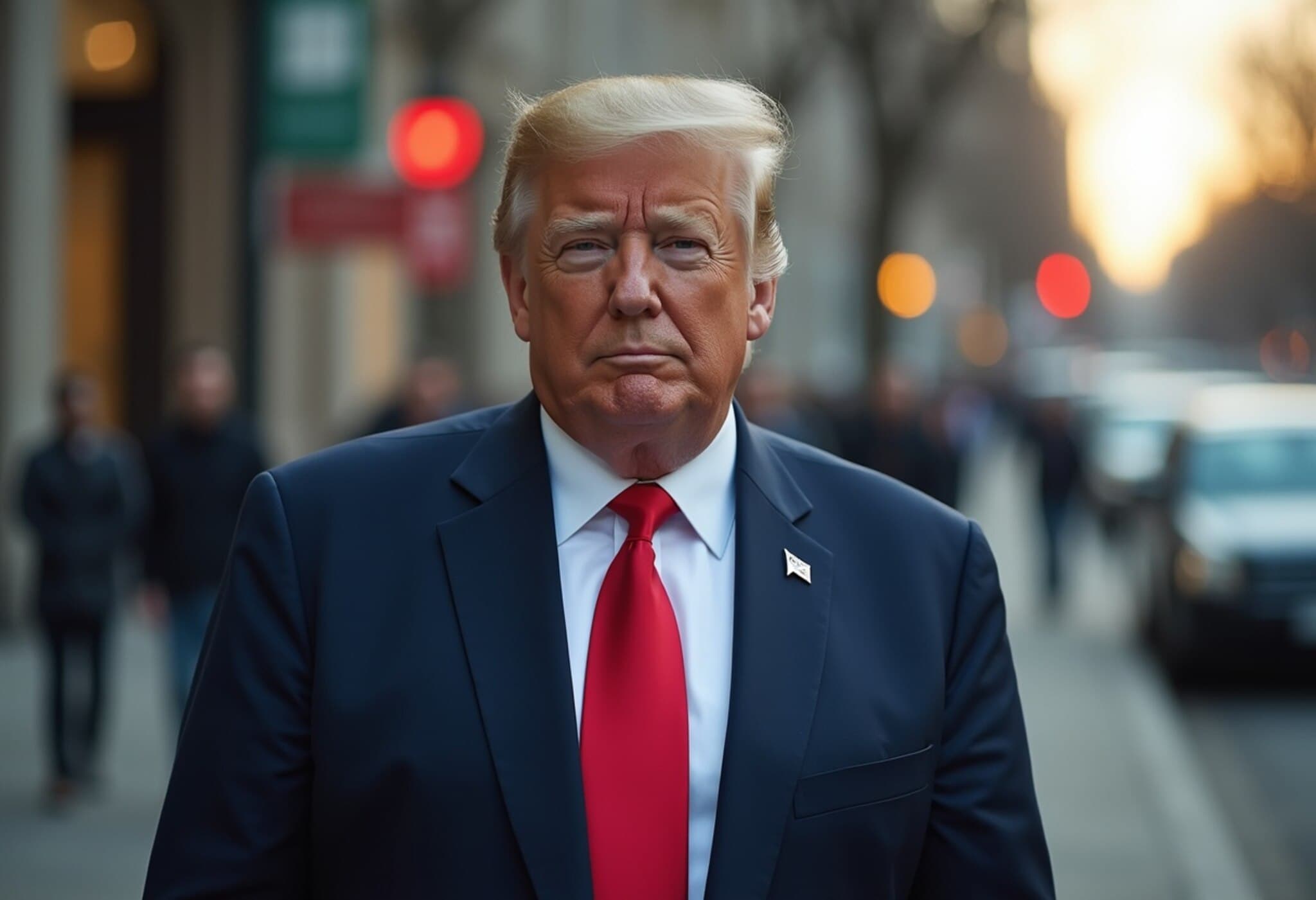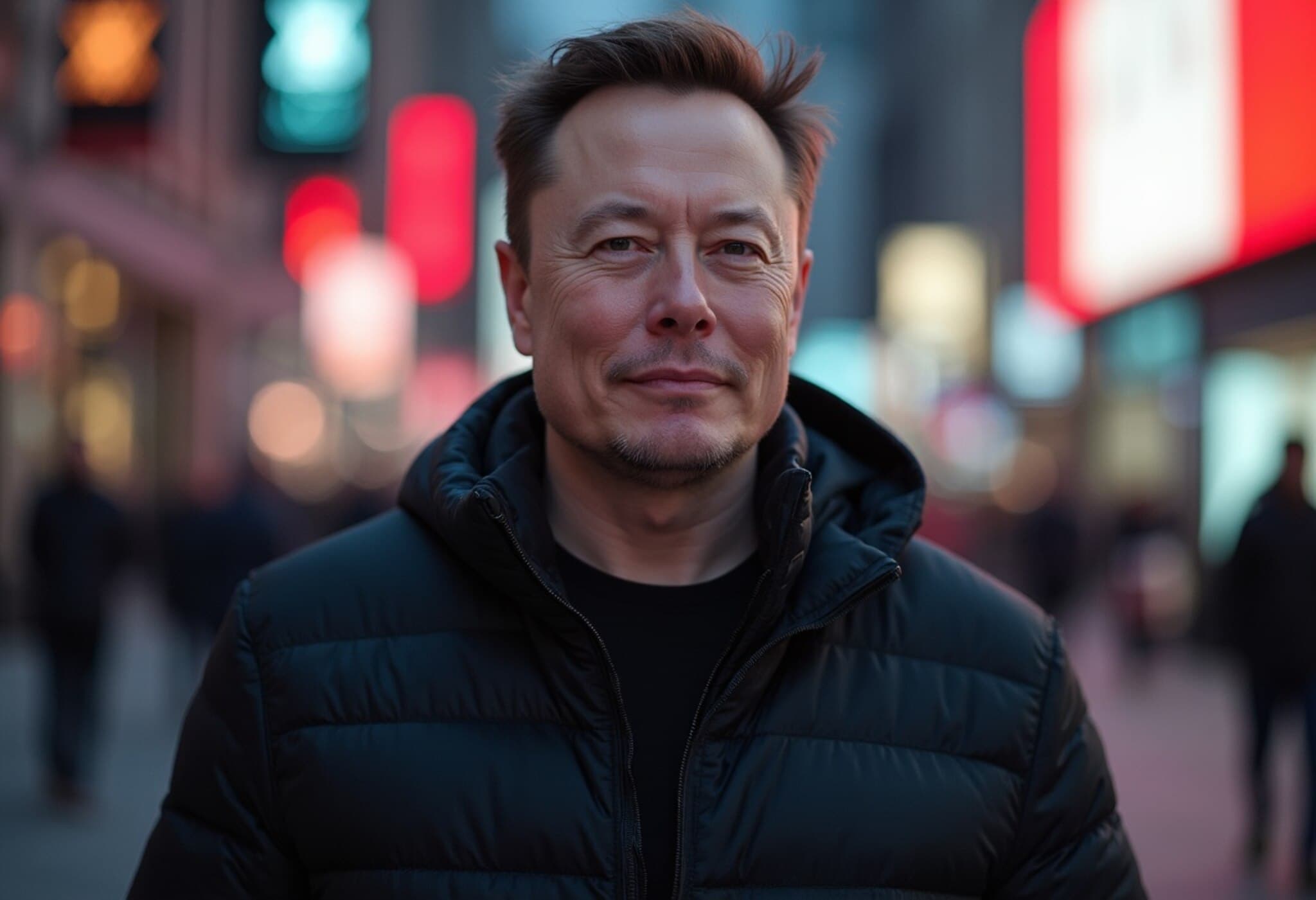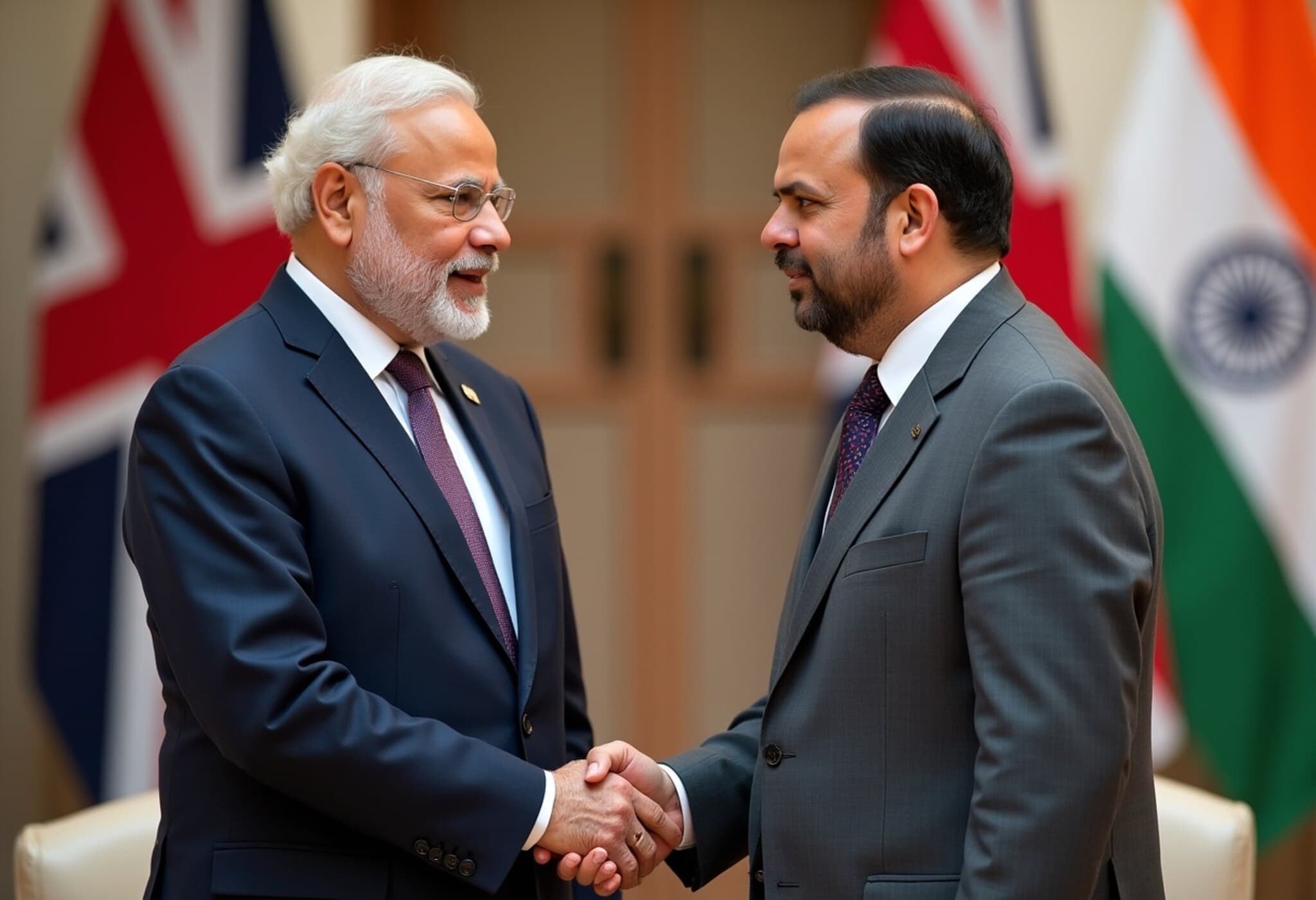Eli Lilly Announces Significant Price Increase for Mounjaro in the UK
In a move that has sparked discussion across the pharmaceutical and healthcare sectors, Eli Lilly & Company revealed it will raise the list price of its blockbuster diabetes drug Mounjaro in the United Kingdom starting September 1, 2025. This price adjustment unfolds amidst intensifying pressure from former U.S. President Donald Trump on drug manufacturers to lower prices domestically while raising them abroad—a focal point of Trump’s controversial "most favored nation" policy initiative.
New Price Range and Impact on Patients
Currently, Mounjaro's monthly list price in the UK ranges between £92 ($124.89) and £122, depending on dosage. Post-September, prices will escalate sharply, landing between £133 and £330. Despite this substantial increase, Eli Lilly emphasized that patient access within the National Health Service (NHS) will remain unaffected. The company assured that it reached an agreement with the UK government to maintain availability for patients covered under the publicly funded health system.
The NHS corroborated this, stating that the price hike will not impact NHS commissioning of tirzepatide—Mounjaro’s active ingredient—for those eligible, including patients with obesity or type 2 diabetes, where clinical priority is established.
Contextualizing the Price Shift: U.S. Drug Pricing Policy and Global Market Dynamics
Eli Lilly’s announcement cannot be seen in isolation. It comes at a time when the U.S. pharmaceutical landscape is grappling with a drive—spearheaded by Trump since mid-2024—to realign international drug pricing. Trump's policy notion, known as the "most favored nation" approach, ties U.S. drug prices to those of comparable medicines in other developed nations, aiming to cut domestic costs drastically.
Knowing that U.S. prescription drug prices are often two to three times higher than elsewhere, and in some cases up to tenfold, according to data from the RAND Corporation, pharmaceutical companies like Eli Lilly face complex pricing dilemmas. To counterbalance the lowered American prices, firms are increasing prices in overseas markets such as the UK and broader Europe.
Eli Lilly's Stance and Industry Reactions
In a statement, Eli Lilly expressed its support for the policy’s broader vision to make the U.S. 'the world’s leading destination for biopharmaceutical research and manufacturing,' recognizing the need to distribute the costs of breakthrough medical innovations more equitably among developed nations.
The company described this 'rebalancing' as challenging but necessary, noting it would involve raising drug prices in markets like Europe to allow for reductions in the U.S. At the same time, Eli Lilly openly opposed proposed tariffs on imported pharmaceuticals in the United States, warning these could raise costs, restrict patient access, and threaten American biopharmaceutical leadership, particularly since the company has recently announced major investments into domestic manufacturing facilities.
What This Means for Patients, Policymakers, and the Health Economy
The pricing adjustments raise critical questions about the sustainability of drug affordability across global health systems. While the NHS’s commitment to ensure continued access eases concerns on the UK front, private healthcare consumers could face higher out-of-pocket costs, given the increased list prices.
Moreover, the U.S. patients and policymakers must grapple with the tension between making cutting-edge treatments affordable and sustaining innovation incentives. Eli Lilly’s delicate balancing act highlights the broader challenge: ensuring that progress in medical research translates into accessible therapies worldwide without overburdening any one healthcare system.
Underreported Angles and Future Outlook
- Private sector impact: The extent to which private UK healthcare providers will adjust prices remains uncertain, potentially influencing access for patients outside NHS coverage.
- Impact on global health equity: Price hikes in developed countries could have ripple effects on emerging markets where drug affordability is already a major concern.
- Innovation funding: How shifting pricing strategies influence investment in R&D, especially in the U.S., might shape the future pipeline of lifesaving drugs.
Editor’s Note
The evolving dynamics of pharmaceutical pricing reveal a complex interplay of policy, economics, and patient welfare. Eli Lilly’s UK price hike for Mounjaro underscores the global ripple effects of U.S. drug pricing reforms. As governments and companies negotiate the balance between affordability and innovation, it is crucial to consider not only immediate cost concerns but also long-term access and equity. Will this new wave of price rebalancing usher in a fairer global pharmaceutical market, or deepen disparities among patients internationally? The answer will shape health outcomes and industry strategies for years to come.

